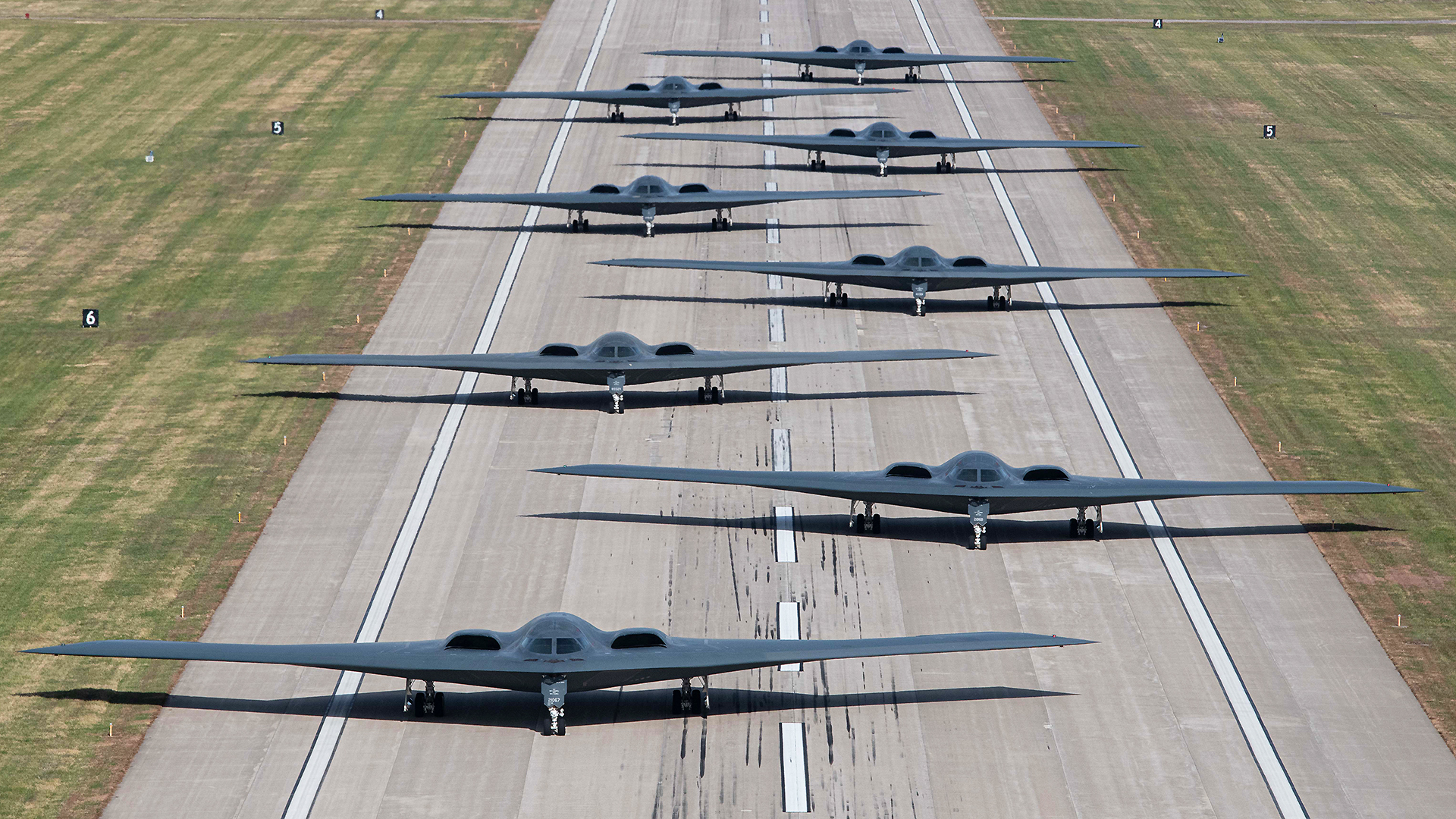While an ‘elephant walk’ is by now a well-known part of airpower exercises by the U.S. military and other air forces elsewhere around the world, the concept still has the power to impress. Case in point, the eight B-2 Spirit stealth bombers that took to the runway at Whiteman Air Force Base, Missouri, at the culmination of the recent Spirit Vigilance 22 training exercise.

The maneuvers involved the 509th and 131st Bomb Wings at Whiteman — the only operational B-2 base — and concluded on November 7, with an elephant walk and subsequent fly-off. This seems to be the first time that the flying-wing bombers had been involved in a mass launch of this scale.
In contrast to minimum interval takeoffs (MITO) that were a trademark of the Cold War-era Strategic Air Command, U.S. Air Force bombers no longer sit, fully armed, on 24-hour alert. Nowadays, elephant walks are mainly about demonstrating readiness and the ability of a base and its constituent units to get large numbers of aircraft into the air rapidly, as could be required during a major contingency. While these kinds of drills have become increasingly common within the U.S. military in recent years, it’s a lot less common to see bombers involved. Stealth bombers? That’s unheard of as far as we know.
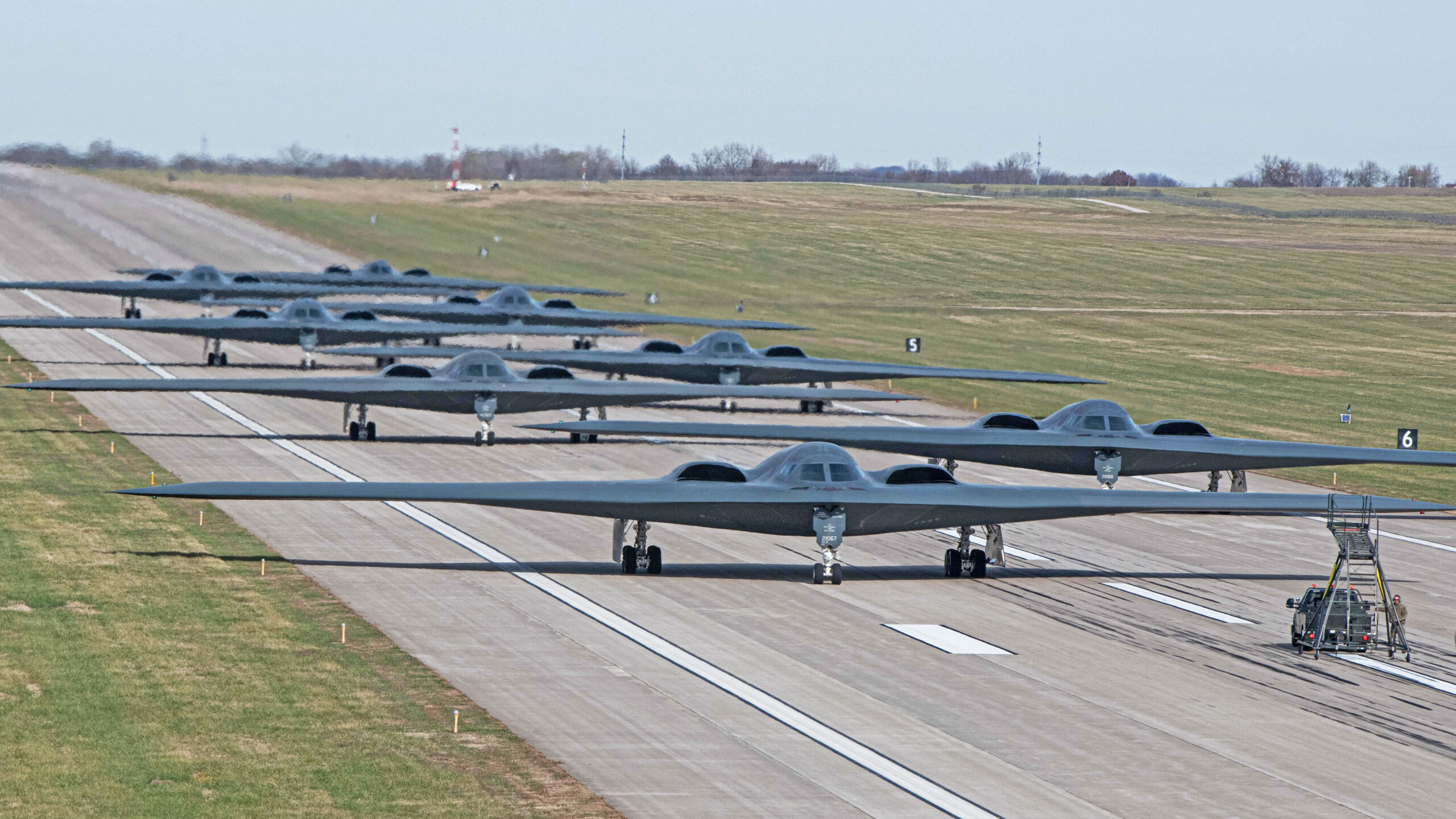
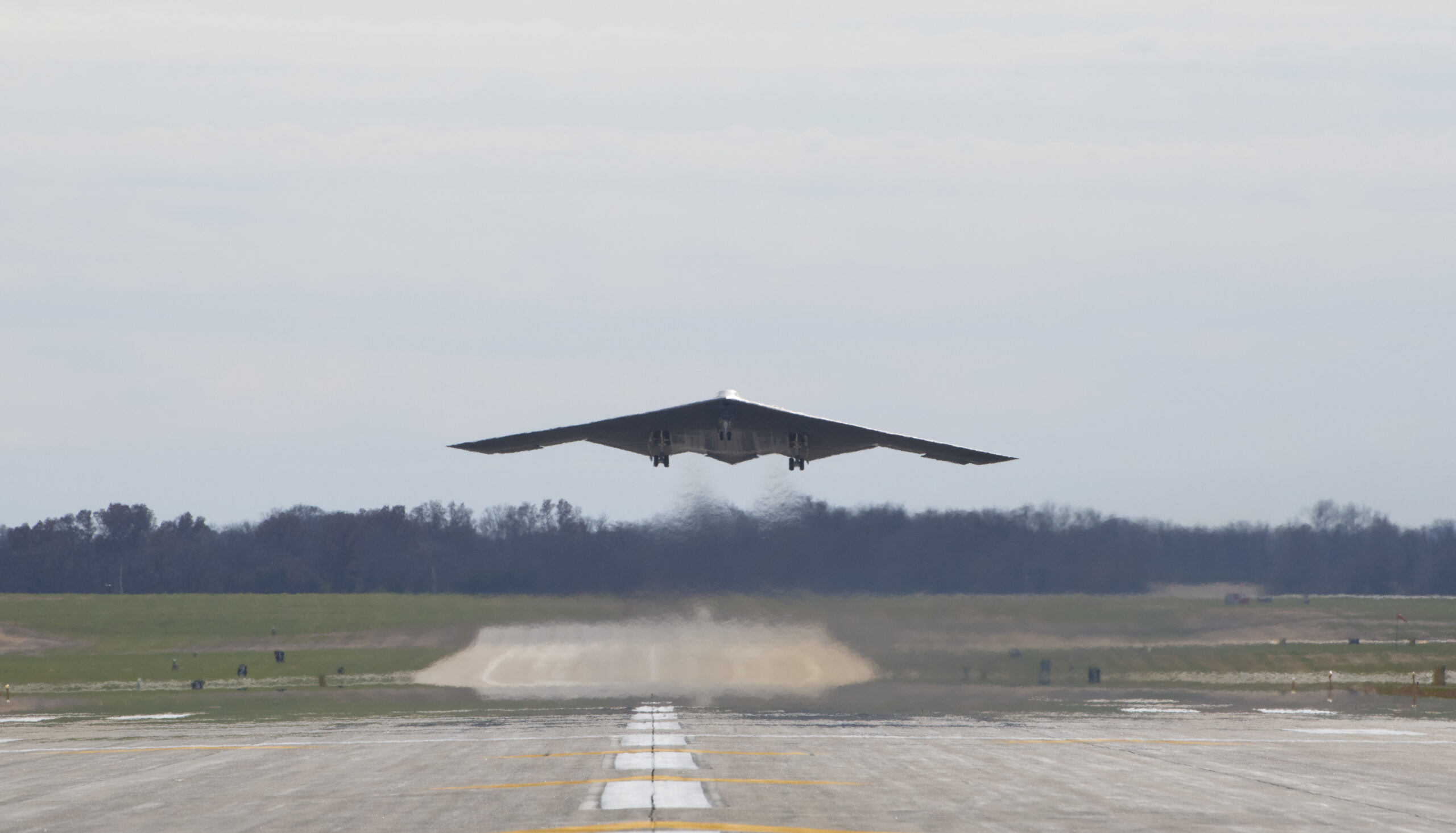
With the Air Force currently operating only 20 B-2s, the eight aircraft confirmed to have taken part in the elephant walk and mass launch represent a full 40 percent of the entire force of these ‘silver bullet’ assets. Under the New Start Treaty, 11 or 12 B-2s are typically deployed at any given time as part of the nuclear combat-ready inventory, and it will have taken a lot of hard work to get even eight jets in the same air at the same time.
“We are displaying a capability here to rapidly generate and deploy [the B-2] under greater scrutiny and time restraints than the normal day-to-day flying mission,” said Capt. Richard Collier, 509th Aircraft Maintenance Squadron director of operations, of the Spirit Vigilance exercise. “Here we demonstrate to our near-peer adversaries, as well as to ourselves, how well we can perform.”
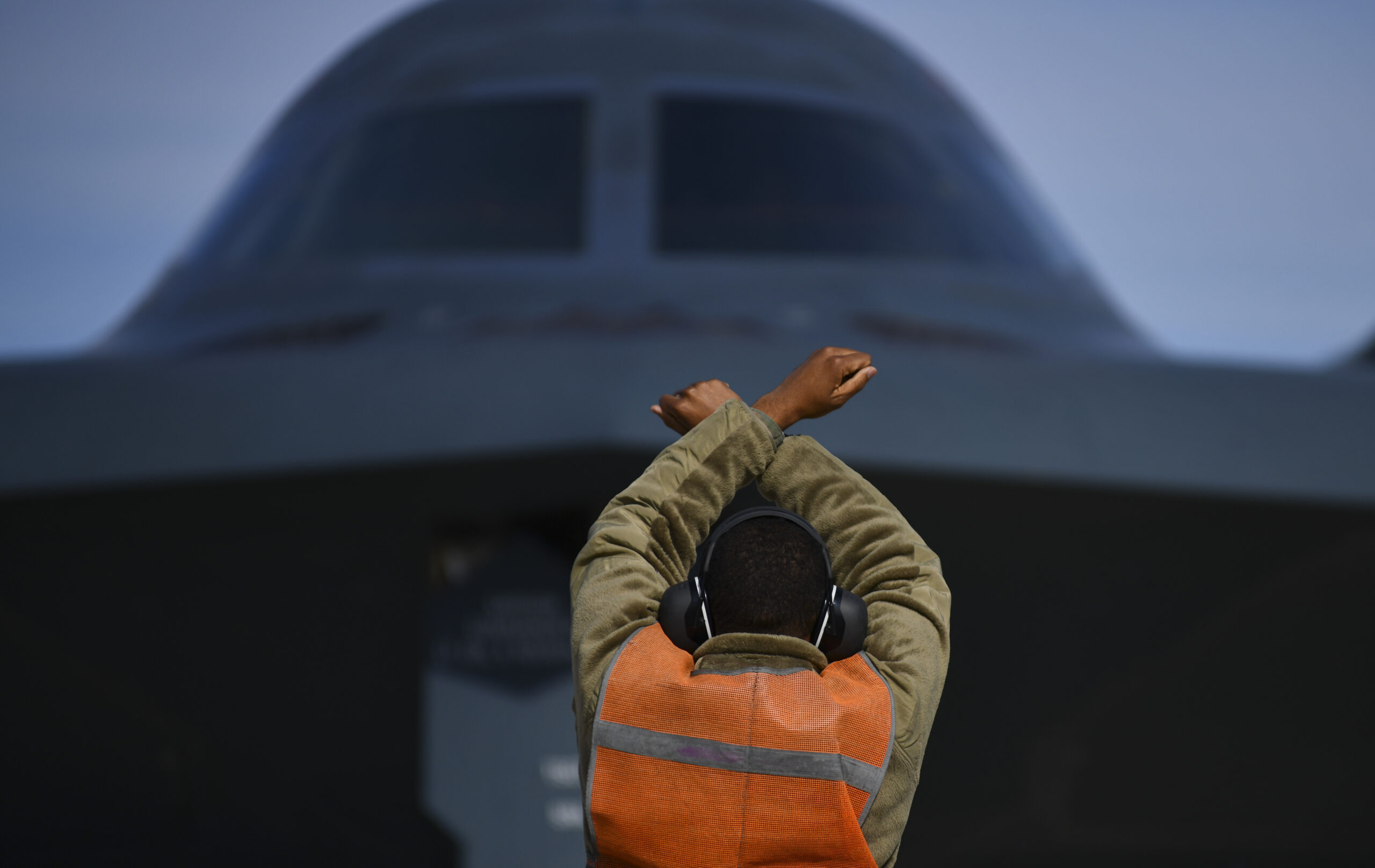
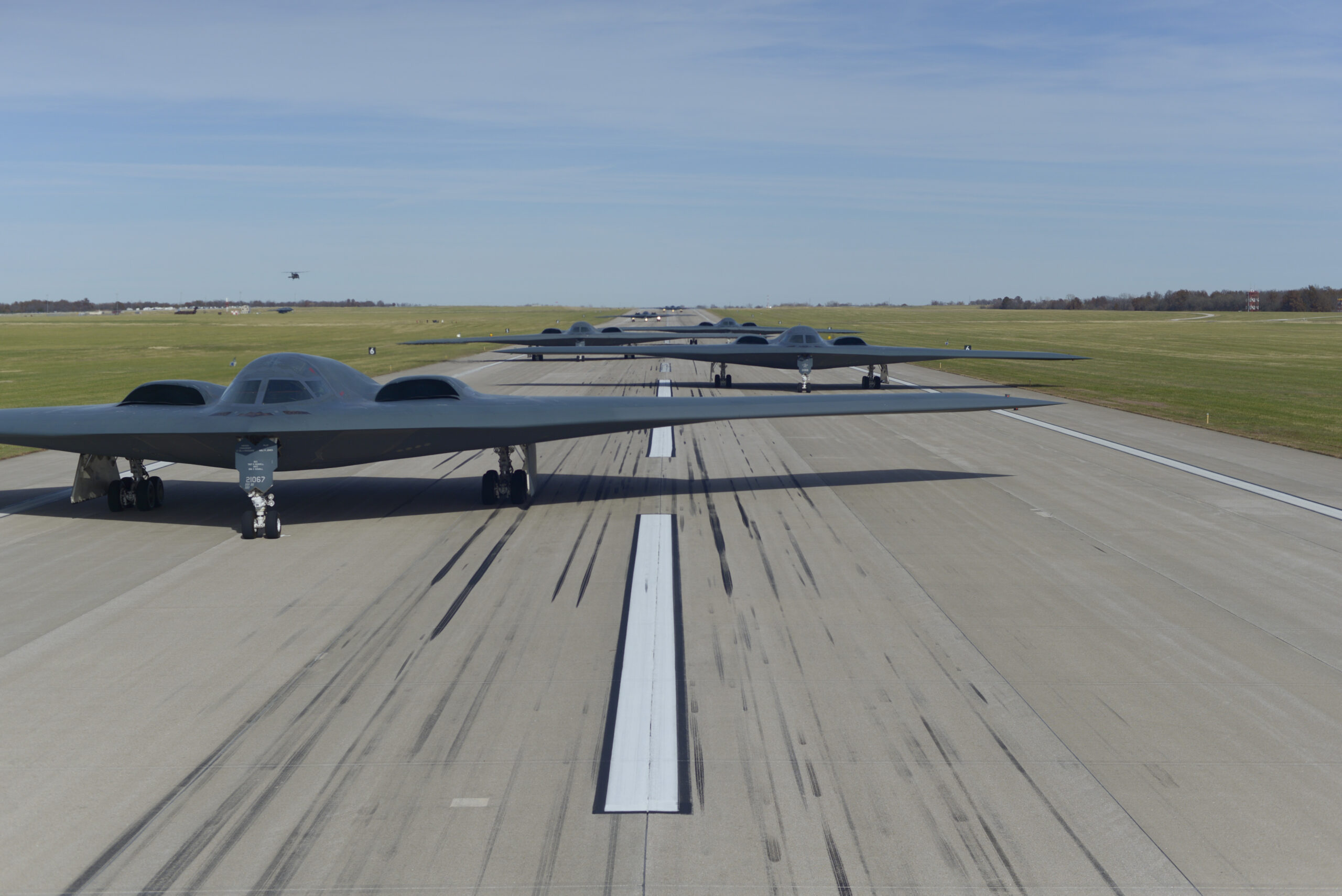
After all, for all its stealthy attributes that would ensure it can fulfill its mission in wartime, the peacetime value of the B-2 lies in it being a visible symbol of American strategic deterrence, including as a leg of the nuclear triad.
“Simply put, the B-2 is the world’s most strategic aircraft,” said Col. Geoffrey Steeves, 509th Operations Group commander. “It is the only aircraft on the planet that combines stealth, payload, and long-range strike. We are charged with delivering the nation’s most powerful weapons for our most important missions.”
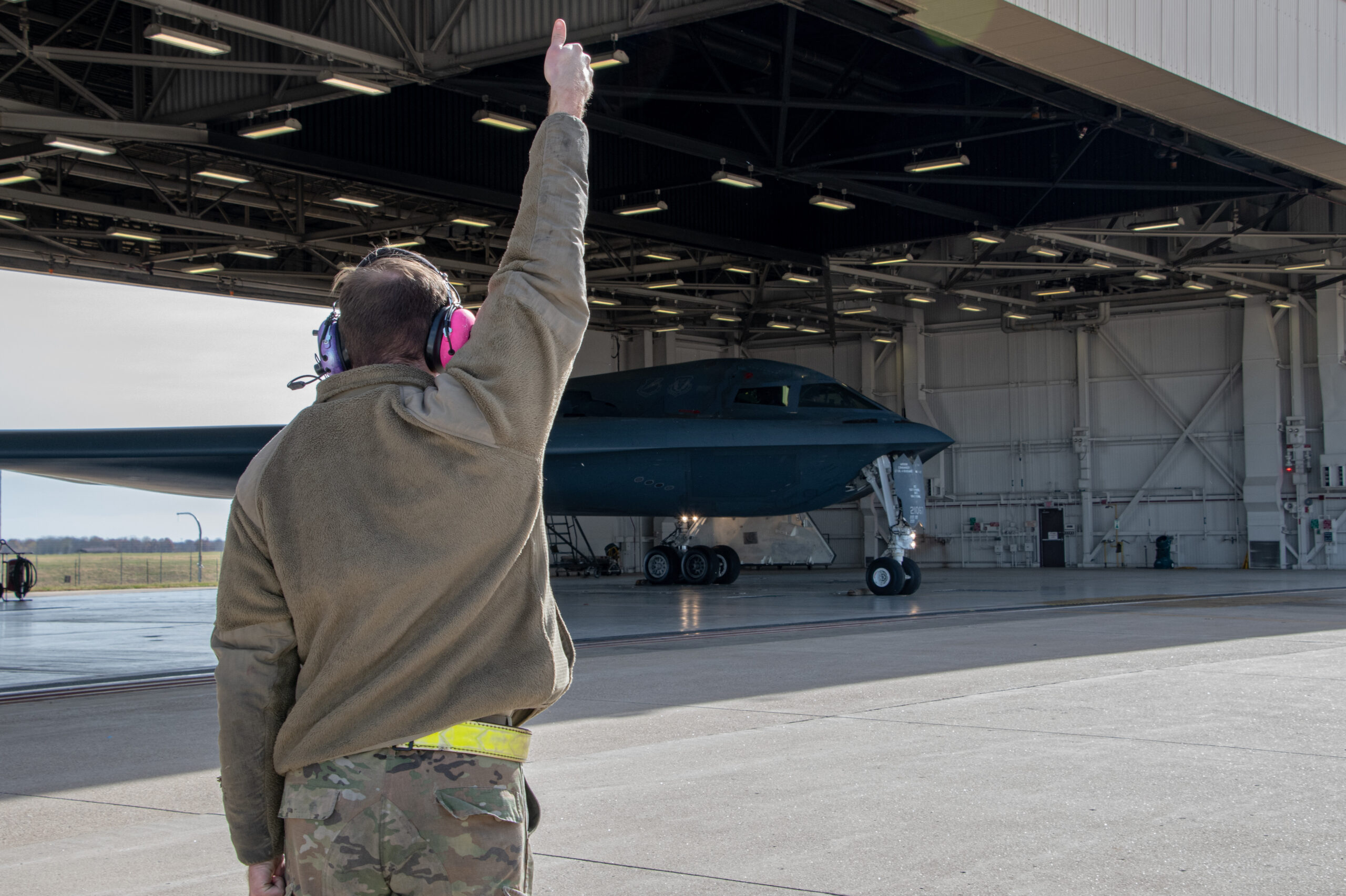
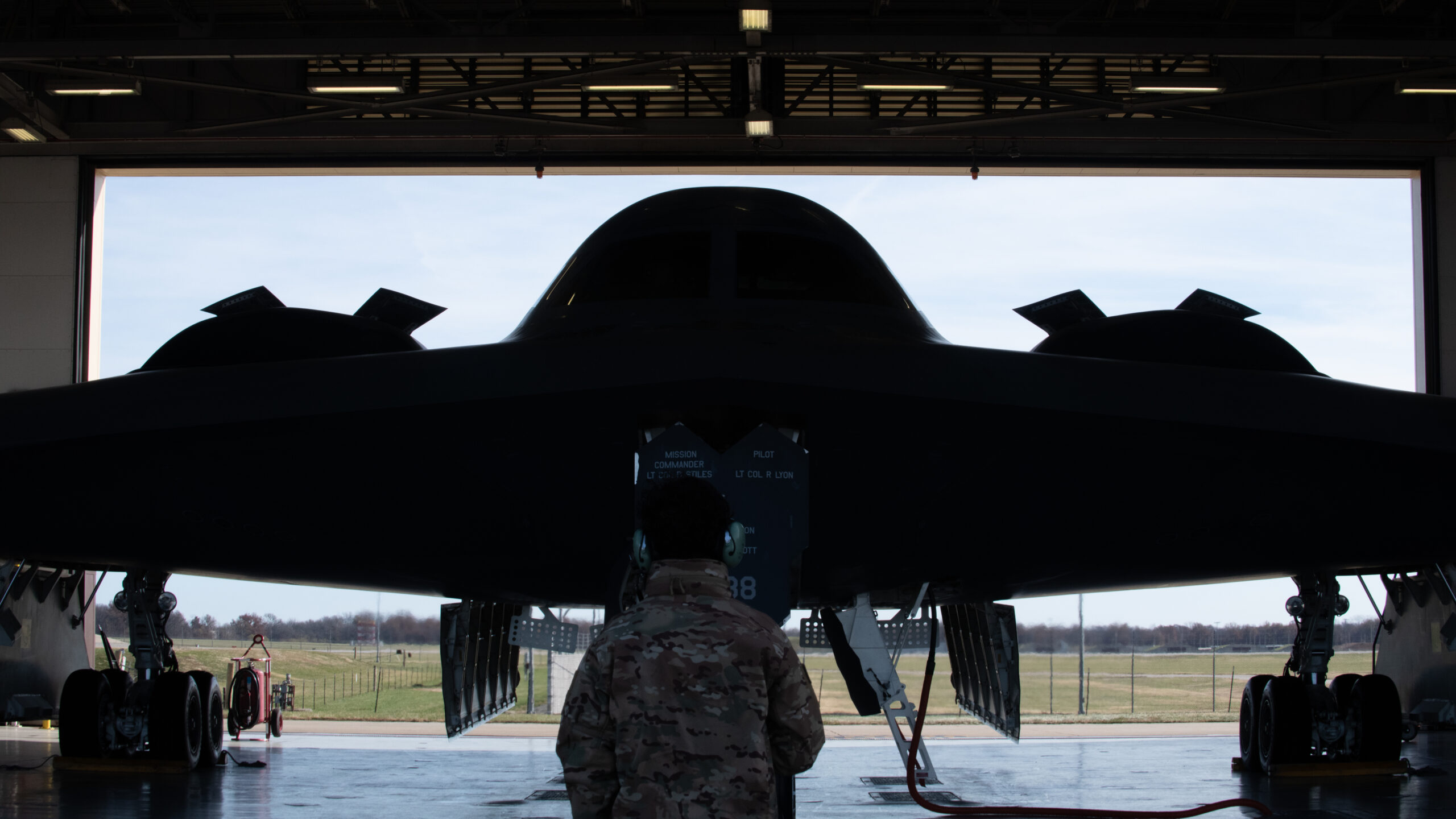
There have been reports from some quarters that the B-2’s latest high-profile demonstration was intended as a specific signal to North Korea, amid a period of rising tensions on the Korean peninsula. However, the Whiteman exercise ended before the most recent test of the North Korean Hwasong-17 intercontinental ballistic missile — capable of reaching targets in the continental United States.
More pertinently, the fact that the United States can bring the B-2 to bear with conventional or nuclear weapons is fundamental to its long-range global strike capabilities, in whatever scenario.
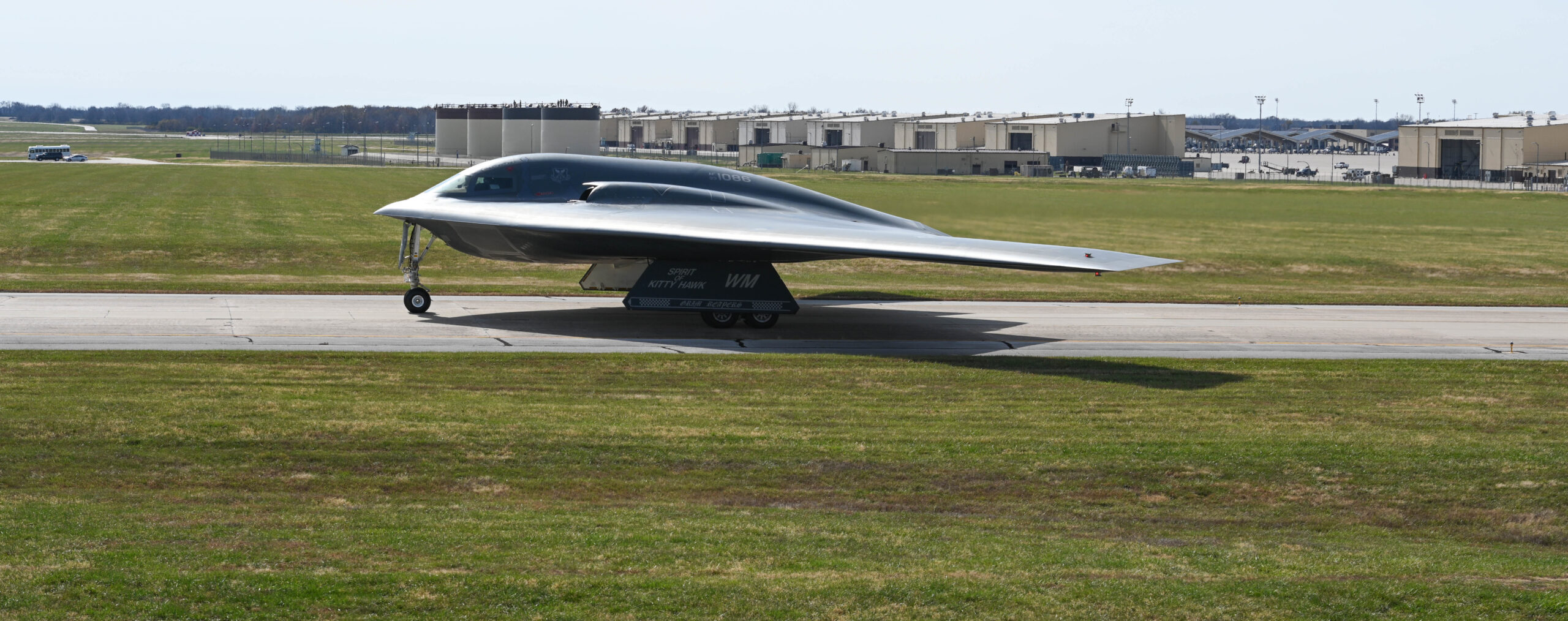
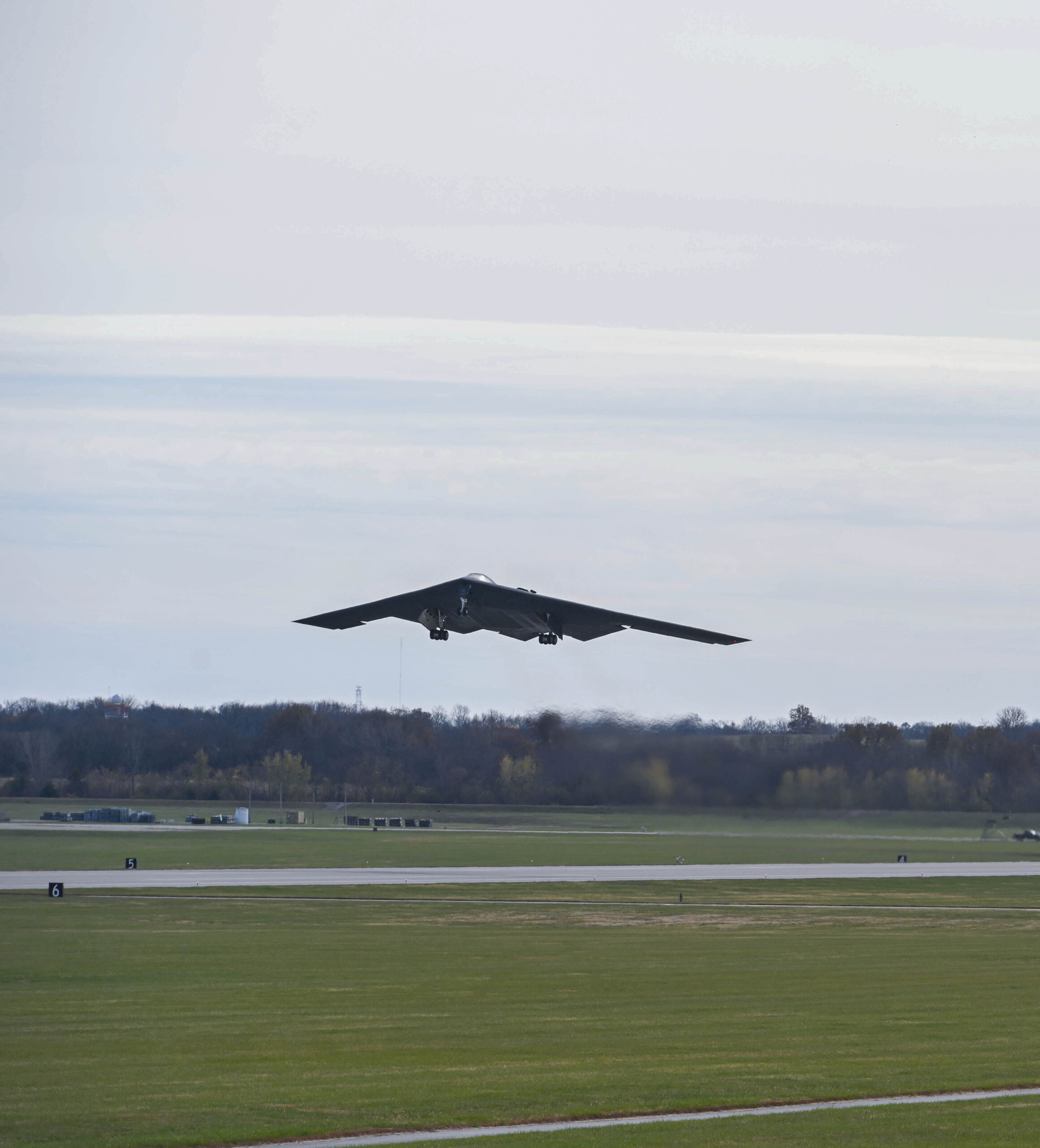
Among the other potential adversaries that the B-2 is intended to signal to is China, which recently undertook a bomber elephant walk of its own. In this case, the aircraft involved were of a very different kind. For now, China’s primary long-range bomber remains the H-6, a local development of the Soviet-designed Tu-16 Badger that first flew in 1952. While the elephant walk in question involved eight H-6Ks, among the latest and most capable missile-carrier versions of the H-6, the contrast with the B-2 is stark.
China is busily working on a successor to the H-6, the H-20, that’s expected to owe much more to the B-2 in terms of its design, although, for now, details remain scarce.
A successor to the Spirit is also now waiting in the wings, with the roll-out of the first B-21 Raider that will occur this Friday. It, too, will be a flying-wing design that is expected to draw heavily from lessons learned with the B-2.
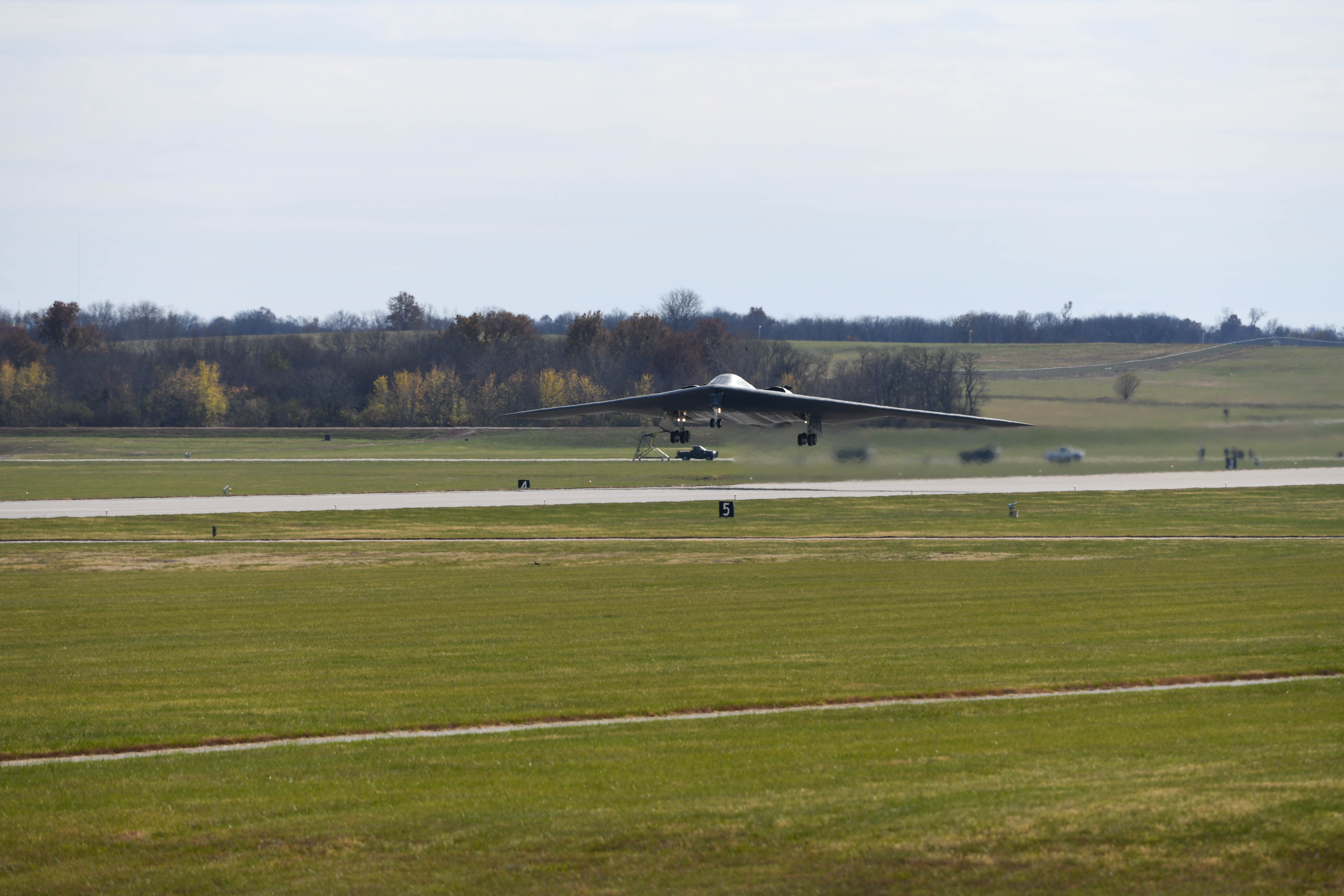
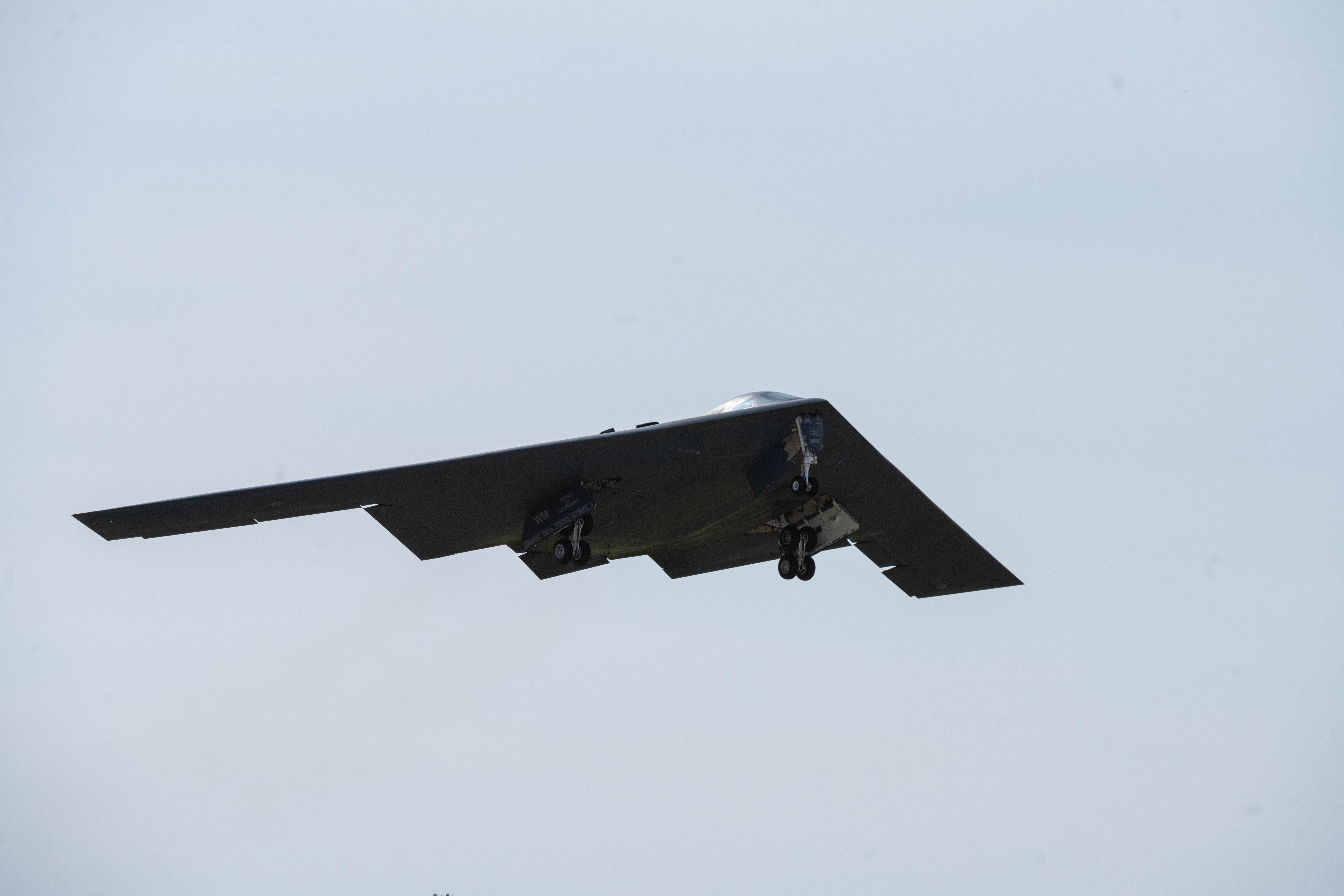
However, the first operational B-21 units are still years away from reaching initial operational capability and will supplant squadrons flying B-1B Lancers initially. With the last B-2s not expected to be retired until the early 2030s, there will likely be plenty more opportunities for elephant walks and other force-generation exercises, although we may not see another involving quite as many examples of the iconic stealth bomber, which are very few in number.
Contact the author: thomas@thedrive.com
